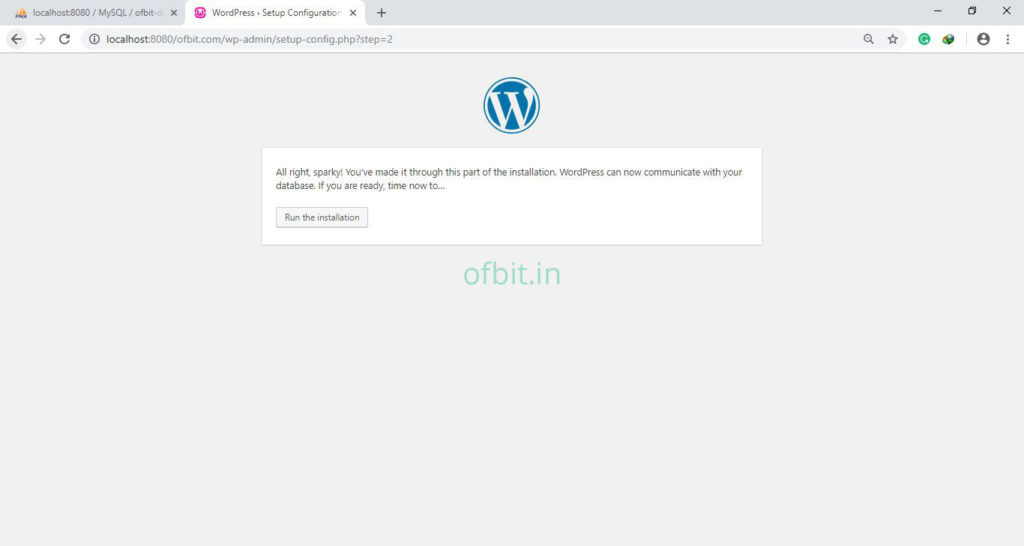

cloud-init: Get:17 bionic/multiverse Translation-en cloud-init: Get:16 bionic/multiverse amd64 Packages cloud-init: Get:15 bionic/universe Translation-en cloud-init: Get:14 bionic-security/multiverse Translation-en cloud-init: Get:13 bionic-security/multiverse amd64 Packages cloud-init: Get:12 bionic-security/universe Translation-en cloud-init: Get:11 bionic-security/universe amd64 Packages cloud-init: Get:10 kubernetes-xenial/main amd64 Packages cloud-init: Get:5 kubernetes-xenial InRelease cloud-init: Get:9 bionic/universe amd64 Packages

cloud-init: Get:8 bionic-backports InRelease cloud-init: Get:7 bionic-security/main amd64 Packages cloud-init: Get:6 bionic/stable amd64 Packages cloud-init: Get:3 bionic-updates InRelease cloud-init: Get:2 bionic-security InRelease K8s-m1 login: cloud-init: Hit:1 bionic InRelease Now the only thing I need to know is define a cluster. mkdir -p /etc/systemd/system/Ī nice to have is the kubernetes version, said and one. "exec-opts": ,Ĭontent: | -nf-call-ip6tables = 1 source: "deb kubernetes-xenial main" filename: kubernetes.list source: "deb bionic stable" keyid: 0EBFCD88 echo "AllowUsers sgm" > /etc/ssh/sshd_config

Lock_passwd: false disable_root: false chpasswd: The interesting part is the kubernetes_cloudinit.cfg. The are some variables to allow definining more than 1 worker node. # worker nodes # resource "libvirt_volume" "worker_image"


 0 kommentar(er)
0 kommentar(er)
